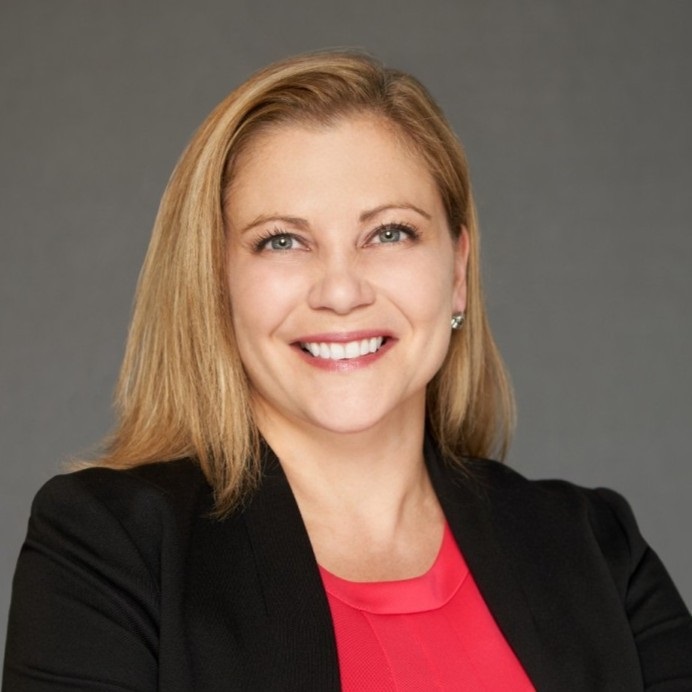Learn More About Cloud FinOps
Explore your next career challenge and learn more about the MANTECH Cloud team
Learn More

Recent directives from OMB, DOGE, and Congress, and GAO have established software cost optimization as a critical federal priority. Agencies must immediately establish centralized comprehensive visibility into their software portfolios to eliminate waste, enhance mission-critical capabilities, while also ensuring approval for secure use. FinOps, a proven operational framework and cultural practice that’s been successfully adopted by thousands of organizations worldwide to optimize their public cloud costs. FinOps capabilities can also enable better management of Software-as-a-Service (SaaS) consumption as part of your agency’s overall software rationalization and optimization approach.

Director, FinOps Solutions, Digital Practice
At its core, FinOps in the public sector promotes a culture of accountability and collaboration, uniting budget, development, and mission delivery teams to make smarter, data-driven decisions about cloud and technology costs. This proven methodology, which focuses on visibility, optimization, and governance, can also be strategically applied to manage SaaS costs more effectively. Just as FinOps helps tame the sprawl of cloud resources, its principles can be used to gain control over the often-hidden costs of SaaS subscriptions, ensuring organizations maximize value from their software investments.
Improving agency SaaS cost optimization starts with a solid discovery and inventory management process. This requires a multifaceted approach that begins by collaborating with existing IT Asset Management (ITAM) teams and leveraging their inventories. A detailed review of invoices and contracts provides additional crucial insights into current SaaS consumption patterns and costs. Automated methods, including monitoring Single Sign-On (SSO) platforms, analyzing web proxy data, and using API connectors, are also used to identify application utilization. For a more comprehensive and continuous approach, agencies can implement network observability solutions to identify shadow IT and underutilized SaaS applications.
SaaS Metadata for Cost Optimization
Like FinOps for public cloud, cataloging SaaS metadata attributes is crucial for enhancing visibility into consumption, as well as accountability. These SaaS attributes are particularly informative for cost optimization and showback/chargeback:
SaaS Cost Savings with GSA One Gov
GSA’s One Gov Strategy provides agencies with opportunities for significant SaaS savings from many vendors through centralized agreements and leveraging the Federal Government’s collective purchasing power. Instead of agencies negotiating separate contracts at varying prices, GSA engages directly with major software vendors to secure enterprise-wide agreements with pre-negotiated, deep discounts. This approach streamlines the acquisition process, reduces administrative burden, and ensures all participating agencies benefit from the most favorable pricing and standardized terms.
Consumption-based SaaS Optimization
Consumption-based SaaS is a pricing model where agencies are charged based on their actual usage rather than a fixed license fee. This model, while offering flexibility, requires robust FinOps practices to manage costs effectively. The ability for an agency to optimize consumption-based SaaS costs is highly dependent on two factors. First, the variable cost drivers of the service must be identified and understood. Cost drivers can range from a single metric (such as users) to multiple factors (such as data processed or storage). Second, contract flexibility plays a significant role. Fully fixed enterprise contracts offer little to no optimization, while those with fixed prices and usage caps require careful management to avoid overage fees. The most flexible SaaS contracts are similar to public cloud agreements, allowing for continuous optimization. To effectively manage these complexities, custom reporting is necessary to track key metrics such as SKU-level usage against limits, contract progress, and burn-down rates for prepaid balances. Continuous monitoring helps identify anomalies and prevent unexpected overages.
License-based SaaS Cost Optimization Strategies
Effectively managing license-based SaaS requires proactively addressing common pitfalls to achieve significant cost savings and mitigate risk. Agencies should avoid over-subscribing by regularly auditing user counts and adjusting license quantities to match actual needs. It is crucial to collaborate with ITAM and procurement teams to vigilantly monitor for undetected auto-renewals, which can lock agencies into unused licenses and unnegotiated price increases. To prevent unexpected cost spikes and drive optimization, implementing tools that provide continuous visibility into the agency’s SaaS portfolio can help track unmonitored usage growth and unauthorized “shadow” licenses. Negotiating flexible contracts and rationalizing redundant applications are also powerful levers agencies can use to reduce SaaS spending.
At MANTECH, we continuously advance our technology optimization experience and expertise, enabling federal agencies customers to achieve their mission objectives more cost efficiently. Our SaaS cost optimization approach helps agencies reduce waste through continuous comprehensive license rationalization, automated usage monitoring, system rearchitecting for lower cost, and strategic vendor consolidation – all while maintaining the security, compliance, and mission-critical capabilities that federal operations demand.
At MANTECH, we don’t just follow FinOps best practices in combination with security — we help shape them. As a proud FinOps Foundation Premier Member and a FinOps Certified Provider, we are Always Advancing technology cost and usage optimization methodologies through active leadership on the FinOps Foundation Board, participation in working groups, and contributions to community events. When you partner with ManTech, you gain access to experts who are defining the future of FinOps!

Explore your next career challenge and learn more about the MANTECH Cloud team
Learn More